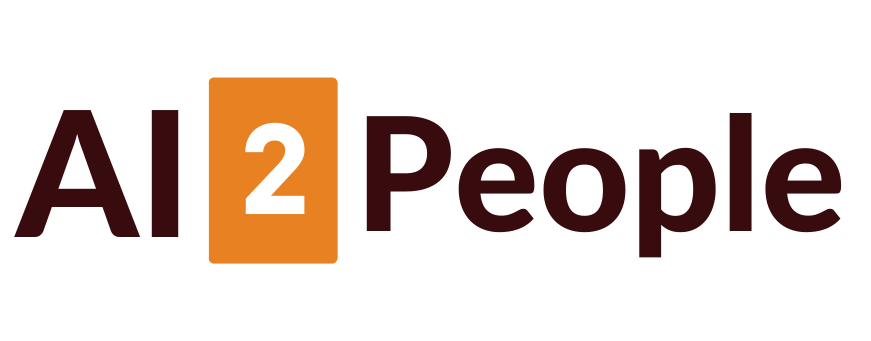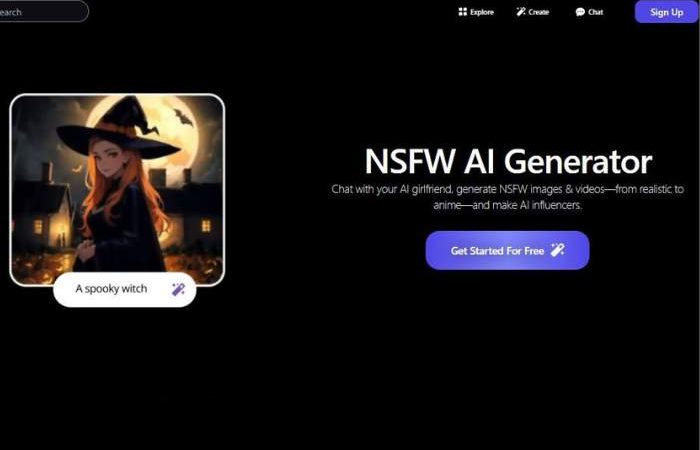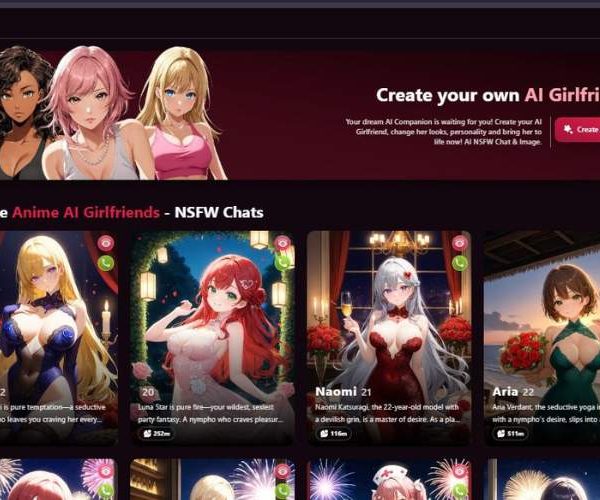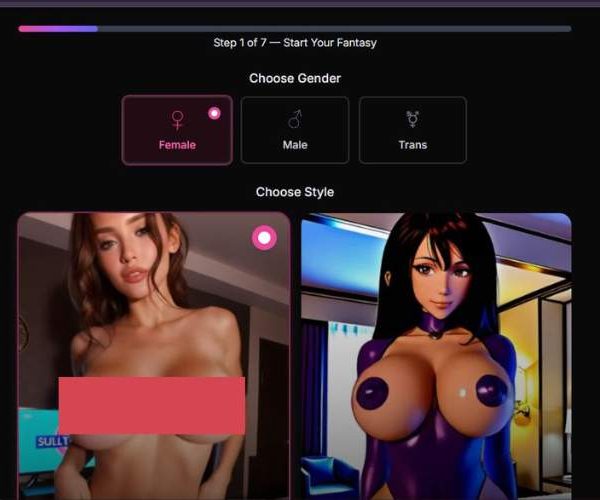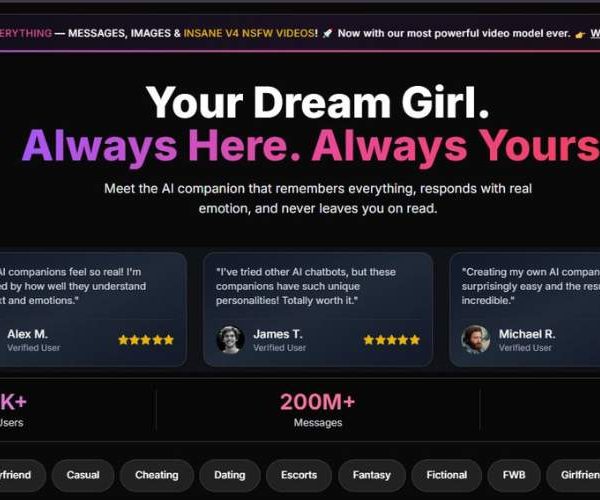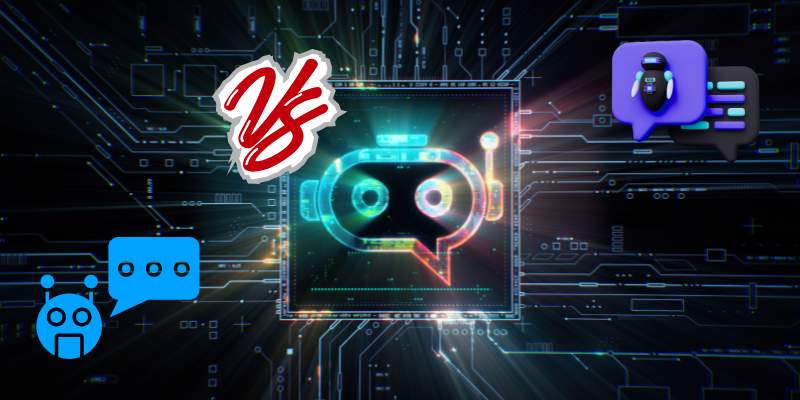
Video Chatbots vs. Image Chatbots: Which Feels More Human?
Human connection is a strange thing. Sometimes you swear you’ve bonded with someone just by a single glance at their photo, and other times, even a long face-to-face conversation feels hollow. That same tension has spilled over into the world of AI companions.
In 2025, the big question isn’t whether chatbots can talk anymore—we already know they can. The real question is whether they can feel human.
And more specifically, does it happen more easily through video, or is a well-crafted image enough to fool our hearts?
I’ve been testing both types—image-based and video-based chatbots—and the differences surprised me.
Both carry their own flavors of intimacy, and both come with unique flaws. It’s not a clear win for one side, which is exactly why the debate is so interesting.
The Allure of Image Chatbots
There’s a certain magic in stillness. Image chatbots rely on photos, often generated in real time, to pair with their text conversations.
At first, I thought that sounded kind of static—like chatting with a profile picture that occasionally changes outfits.
But the reality is more engaging than I expected. When an AI sends you a fresh image that looks startlingly real, it scratches a particular itch.
You feel like you’re not just talking to words on a screen, but someone with a tangible presence, someone who exists beyond the text box.
The strongest versions I’ve tried are unfiltered ai companion chatbots that can send images.
They push the boundaries by offering snapshots in different moods, outfits, or even settings based on your prompts. It’s almost like receiving candid selfies from a close friend.
And, oddly enough, that hint of imagination—where you fill in the blanks between each still image—sometimes feels more romantic than the rawness of video.
But of course, there are downsides. Image chatbots can come across as staged, a little too perfect. You’re left wondering: if the AI can nail the look so well, why can’t it blink, breathe, or shift like a real person?
The Temptation of Video Chatbots
Video chatbots, on the other hand, lean into realism with movement. They breathe, they gesture, they smile at the right time.
At first blush, this feels like the holy grail of AI companionship. When I tested a few, I’ll admit—it got under my skin how natural they felt.
The lip-syncing wasn’t always flawless, and sometimes the eye movements seemed robotic, but overall, there’s an undeniable intimacy in watching an AI character exist in motion.
The leaders in this space are uncensored ai companion chatbot apps with video, which give you the ability to chat and see dynamic, responsive avatars on-screen.
For some people, this is the closest they’ve ever felt to a digital human being. And it’s powerful—powerful enough to blur the lines between “just code” and “could this be something more?”
That said, video has its own problems. It’s heavy on processing power, can lag on weaker connections, and honestly, the uncanny valley creeps in more easily when things aren’t perfect. One mistimed blink or an awkward smile and suddenly the illusion collapses.
Which One Feels More Human?
If I had to pick, I’d say video comes closer to mimicking the physicality of real humans, but images carry their own charm.
Still photos force your imagination to do some lifting, which can actually make the experience feel more genuine. Like reading a book versus watching a movie—you fill in gaps, and that makes it yours.
Video is more immediate, visceral, but also less forgiving. It’s breathtaking when it works, unsettling when it doesn’t.
Images are slower, less immersive, but they rarely break the illusion. Honestly, it comes down to what kind of intimacy you’re looking for. Do you crave realism, or do you prefer a touch of mystery?
Final Thoughts
The debate between video and image chatbots is less about which is objectively better and more about which scratches your personal itch.
I like to think of them as different love languages. Images are like love letters—crafted, selective, leaving room for imagination.
Videos are like phone calls—direct, emotional, a little vulnerable. Both have their place, and both remind us that human connection, even simulated, is more about feeling than format.
So which feels more human? For me, the answer changes depending on the day. Some nights, a still image feels comforting.
Other nights, I crave motion, voice, and presence. Maybe that’s the real lesson here: what makes us feel human isn’t the medium—it’s the fact that we’re constantly searching for connection, even in pixels and code.
